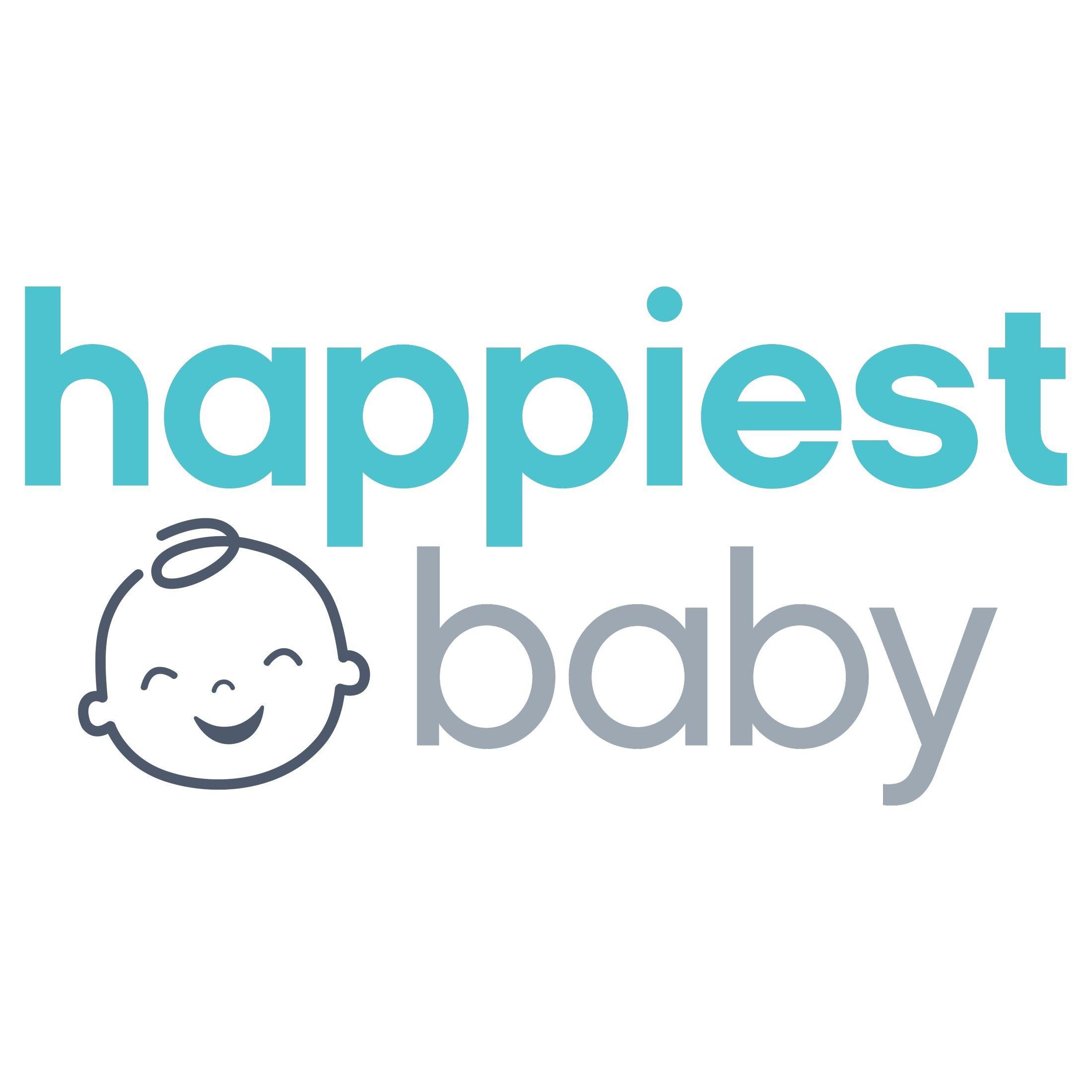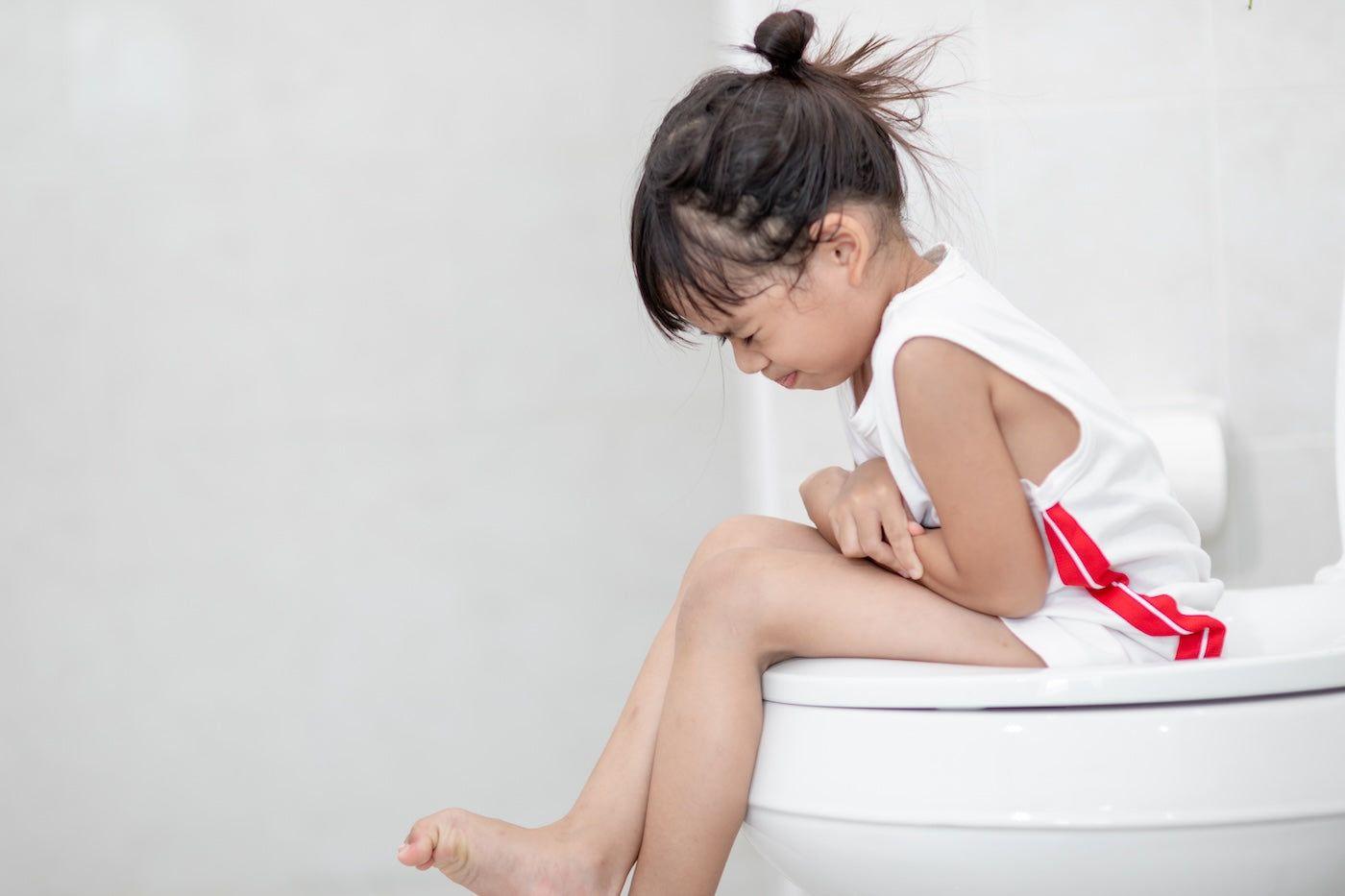TODDLER
Why Is My Toddler Withholding Poop?
Get the 411 on your tot’s "number 2" woes.

Written by
Happiest Baby Staff

SHARE THIS ARTICLE
PARENT PICKS
Bestsellers
TODDLER

Written by
Happiest Baby Staff

SHARE THIS ARTICLE
Bestsellers
As a parent, you quickly get used to putting up with a fair bit of crap...both literally and figuratively. And then sometimes—often during toilet training—there’s a concerning lack of the literal kind. This all-too-common (figuratively!) crappy situation is known as stool withholding.
Stool withholding happens when a child consciously avoids doing a poo, even when they feel the urge to go. Toddlers might clench their bottom, cross their legs, hide away, or cry when they need to poo—but still won’t go.
This behaviour can quickly lead to constipation. The longer stool stays in the bowel, the harder and more painful it becomes to pass, which only ramps up a little one’s fear and reluctance. Stool withholding is a leading cause of functional constipation, with up to 30% of children experiencing constipation at some point in childhood.
Toddlers who’ve had painful bowel movements—especially large or hard poos—may start associating going to the toilet with pain. In response, they withhold stool to avoid the discomfort, which only makes constipation worse. This cycle is a well-known cause of chronic withholding.
Some toddlers are scared of the loo. They might worry about falling in or be startled by the flush. Help ease your child’s worries by making the toilet more child-friendly, using a toddler-sized potty or a toilet insert with a footstool.
Doing a poo is one of the few things toddlers can control! Withholding it can be their way of asserting independence—especially during times of change or stress.
Events like starting nursery or daycare, moving house, or welcoming a new baby sibling can shake up routines and trigger anxiety—both of which may lead to withholding behaviours.
Encourage your little one to sit on the potty after meals for 5 to 10 minutes. This takes advantage of the gastrocolic reflex—a natural response that prompts the urge to poo after eating.
Use a child-sized potty or a seat insert with a footstool to help your child feel physically secure. Being comfortable and relaxed is key when trying to poo.
Avoid scolding or pushing. Praise your child for trying, even if they don’t go. Stickers, small rewards, or simply enthusiastic praise can help make the experience more positive.
Offer a range of high-fibre foods (such as fruit, veggies, and wholegrains) and ensure they’re drinking plenty of water to keep things moving.
If your child continues to struggle, your GP may recommend a stool softener—like a gentle laxative powder that mixes into drinks—to help break the cycle. (Always check with a medical professional first.) Some parents also find aloe vera juice or prune juice effective, as both can have a natural laxative effect.
Stool withholding doesn’t automatically mean your toddler isn’t ready for toilet training. Many children go through this phase—especially if they’ve had a painful experience or are feeling anxious.
However, if it persists and leads to accidents, tummy pain, or emotional upset, it may be time to seek more support. Ongoing withholding can lead to encopresis, a condition where softer poo leaks around harder stool in the bowel. Reaching out to your GP early can help you prevent long-term issues.
Contact your GP or health visitor if your child:
Your healthcare provider can assess for constipation, offer advice, and recommend treatment if needed.
As frustrating as it is when your toddler just. won’t. go., keep in mind that stool withholding is common. With a bit of patience, encouragement, and the support of your GP, your little one will move past this challenging (and yes, crappy!) stage.
***
REFERENCES
Disclaimer: The information on our site is NOT medical advice for any specific person or condition. It is only meant as general information. If you have any medical questions and concerns about your child or yourself, please contact your health provider. Breastmilk is the best source of nutrition for babies. It is important that, in preparation for and during breastfeeding, mothers eat a healthy, balanced diet. Combined breast- and bottle-feeding in the first weeks of life may reduce the supply of a mother's breastmilk and reversing the decision not to breastfeed is difficult. If you do decide to use infant formula, you should follow instructions carefully.